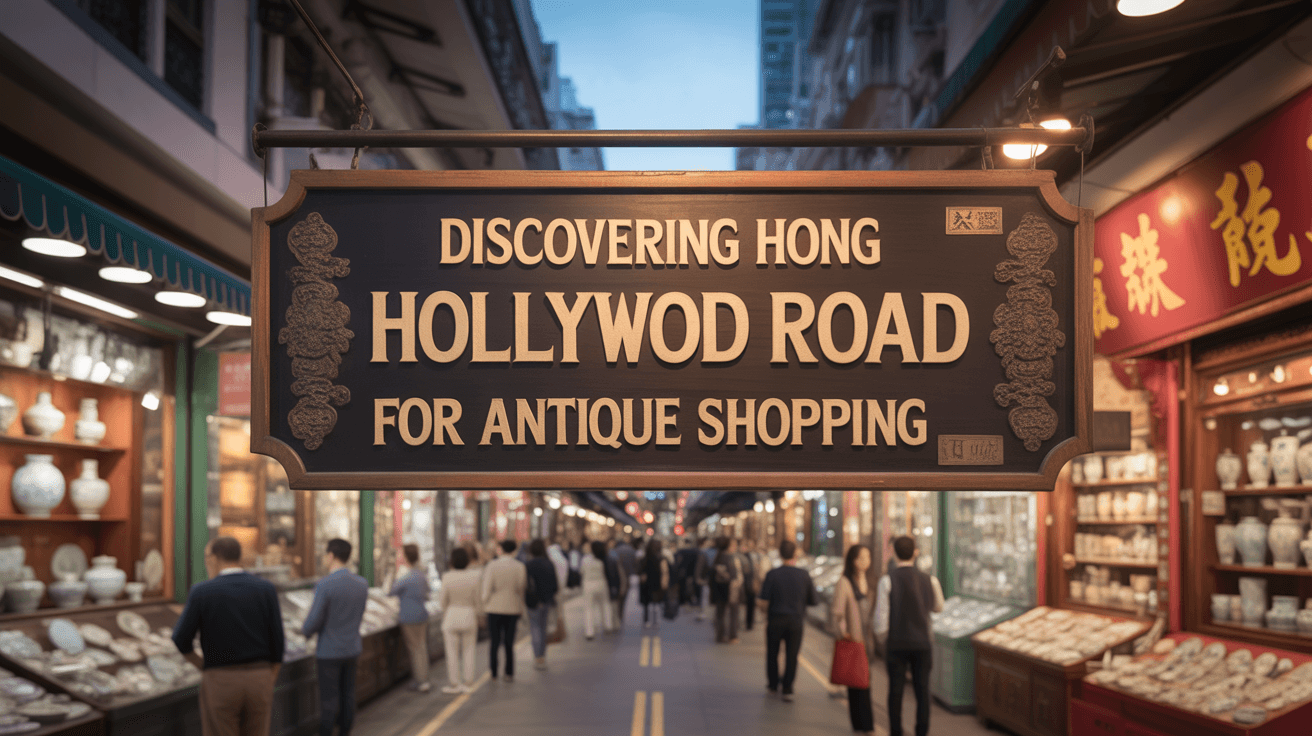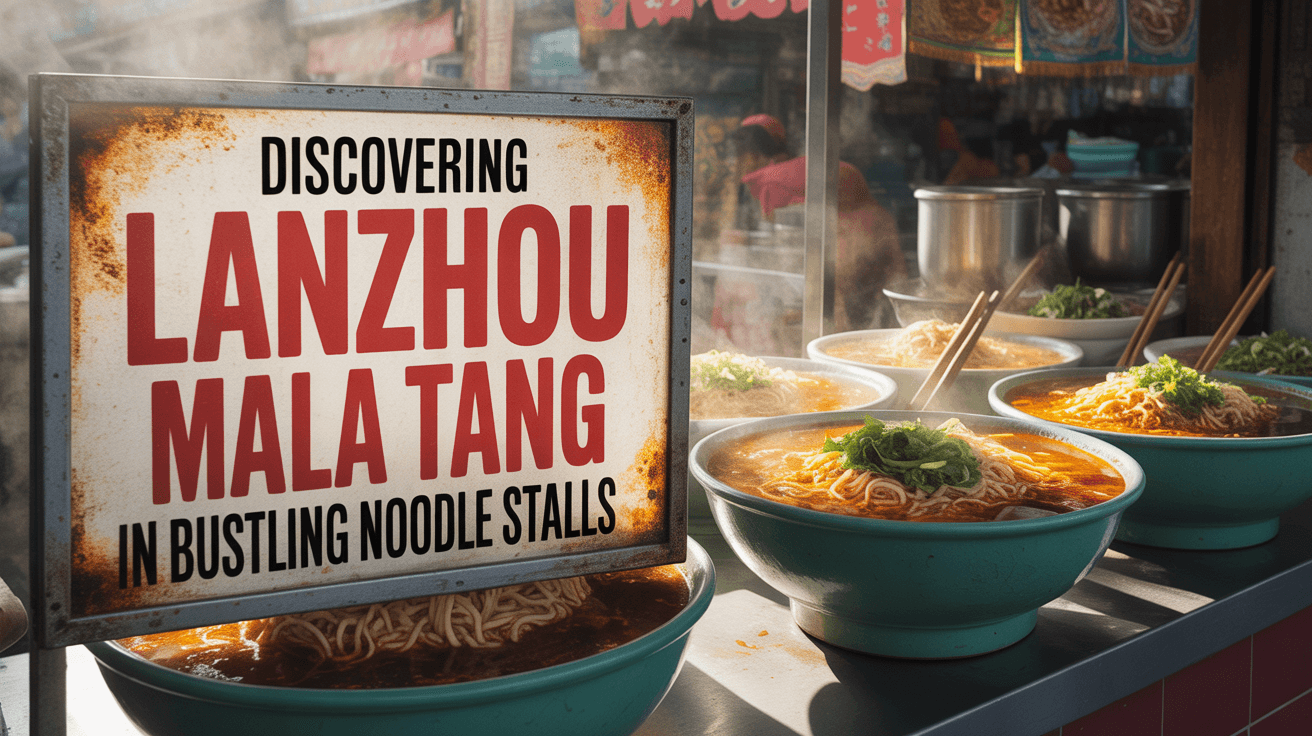Exploring Hangzhou Lingyin Temple for Cozy Spiritual Retreat
Welcome to a serene escape in the heart of China. If you’re planning a trip to Hangzhou Lingyin Temple, you’re in for a treat. Nestled amid lush forests and ancient peaks, this iconic site offers a perfect China cozy attraction for travelers seeking spiritual solace. As part of your China travel guide, exploring Lingyin Temple Hangzhou provides profound China cultural experiences that blend history, nature, and mindfulness. Here at jusha.travel, we love sharing tips to make your China journey unforgettable—whether you’re a culture enthusiast or just need a peaceful retreat from the hustle of modern life.
Hangzhou, often called the “Heaven on Earth” for its stunning West Lake, is home to Lingyin Temple, a Buddhist sanctuary that’s been a beacon of tranquility for nearly 1,700 years. Why choose it for a cozy spiritual retreat? It’s more than a temple; it’s a living space where misty mountains and whispering pines create an atmosphere ripe for reflection. In this Hangzhou travel tip, we’ll guide you through its history, wonders, and how to fully immerse yourself. Ready to find your inner peace? Let’s dive in.
Historical Background: Lingyin Temple’s Ancient Legacy
The story of Lingyin Temple Hangzhou begins in 328 AD, founded by the Indian monk Huili during the Eastern Jin Dynasty. Legend has it that Huili was drawn to the area by a vision of a “flying peak” from India, which became the nearby Feilai Feng. This site quickly grew into one of China’s most important Buddhist centers, especially during the Wuyue Kingdom in the 10th century when it expanded to house over 3,000 monks and nine major halls. For a deeper dive into China cultural experiences, visit the official temple history page at en.lingyinsi.org/history, which details its evolution through dynasties.
Despite facing destructions—from wars to the Cultural Revolution—Lingyin Temple has always risen like a phoenix, rebuilt by devoted followers. By the Song Dynasty, it was hailed as “the first in southeastern China” for its scale and beauty. Today, it hosts grand events like the Lunar New Year incense ceremony, drawing millions for blessings and rituals. As a key stop in any China travel guide, understanding this legacy adds layers to your visit, turning a simple tour into a meaningful Hangzhou travel tip: time your trip around festivals for an authentic taste of tradition.
- Key Historical Milestones: Founded in 328 AD; peaked in the 10th century; rebuilt multiple times post-1949.
- Cultural Tie-In: Influenced by Chan (Zen) Buddhism, emphasizing meditation over scripture.
- Pro Tip: Pair this with our guide on Chinese Festivals in 2026 for more event ideas.
This enduring spirit makes Lingyin a true China cozy attraction, inviting you to connect with centuries of wisdom amid serene surroundings.
Architecture and Artistic Features: A Visual Symphony of Faith
Stepping into Hangzhou Lingyin Temple feels like entering a living museum of Buddhist art. The layout follows a north-south axis, symbolizing the path to enlightenment, with five grand halls blending Song Dynasty woodwork and Qing embellishments. The Hall of the Four Heavenly Kings welcomes you with towering guardian statues and a massive Maitreya Buddha, while the Mahavira Hall houses a 20-meter Sakyamuni statue flanked by intricate carvings. For visuals and details, check out Chinadiscovery’s guide.
Don’t miss the Hall of Five Hundred Arhats, featuring 500 uniquely sculpted sages—each face tells a story of wisdom and compassion. Nearby, the Feilai Feng Grottoes boast over 470 rock carvings from the Five Dynasties period, including rare depictions of Buddhist figures etched into limestone cliffs. These artistic treasures offer a hands-on China cultural experience, where you can trace the evolution of Buddhist iconography. As a Hangzhou travel tip, allocate at least two hours here; the details reward slow exploration.
- Standout Features: Guardian kings in the entry hall; 500 Arhats gallery; grotto sculptures at Feilai Feng.
- Artistic Insight: Carvings depict daily life, blending spirituality with human emotion.
- Extend Your Reading: Discover more souvenirs inspired by such art in our post on Top 5 Souvenirs to Buy in China.
The architecture isn’t just beautiful—it’s functional, designed to foster peace and inspire China cozy attractions like quiet corners for personal reflection.
Spiritual Traditions and Monastic Life: Embracing Zen in Daily Practice
At its core, Lingyin Temple Hangzhou is a vibrant Chan (Zen) monastery where spiritual life pulses through daily routines. Monks engage in chanting, zazen meditation, and study, often open to respectful visitors. Observing morning rituals or joining incense offerings provides an intimate China cultural experience, connecting you to Mahayana Buddhism’s emphasis on mindfulness. Learn more about these practices from Shanghai Highlights.
The “Path of Enlightenment,” lined with Arhat statues, invites meditative walks that encourage self-reflection. Seasonal events, like the New Year’s first incense, symbolize renewal and attract devotees nationwide. For those new to Buddhism, the temple’s library preserves ancient texts, highlighting Hangzhou’s role as a scholarly hub. This active monastic life transforms your visit into a participatory retreat, far beyond sightseeing.
- Daily Traditions: Chanting sessions at dawn; guided meditations in halls.
- Visitor Involvement: Light incense or join communal prayers (check schedules).
- Related Insight: Explore festival vibes in Experiencing Hong Kong Lunar New Year Celebrations.
Such traditions make Lingyin a cornerstone of China travel guides, offering cozy spiritual moments that linger long after you leave.
Cozy Retreat Experiences: Meditate, Reflect, and Unwind
What truly sets Hangzhou Lingyin Temple apart as a cozy spiritual retreat are the personal experiences it offers. Quiet groves and pavilions under ancient camphor trees provide ideal spots for meditation, with streams adding a soothing soundtrack. Link your visit to local culture by sipping West Lake Longjing tea—grown nearby and tied to temple traditions—for a refreshing, mindful pause. As noted in Travel China Guide, these elements create a natural haven.
Follow winding paths to hidden gardens or join occasional workshops on Buddhist philosophy. For nature lovers, the surrounding hills offer scenic hikes that blend physical movement with spiritual contemplation. This setup is perfect for solo travelers or couples seeking China cozy attractions, fostering reflection away from urban noise.
- Retreat Highlights: Tea sessions in pavilions; forest meditation trails.
- Modern Twist: Some areas now incorporate subtle tech like audio guides for deeper insights.
- Further Exploration: Plan your itinerary with Things to Know Before Traveling to China.
These experiences turn a day trip into a rejuvenating escape, embodying the essence of Hangzhou travel tips.
Planning Your Visit: Essential Hangzhou Travel Tips
To make the most of your Lingyin Temple Hangzhou visit, plan wisely. Arrive early on weekdays to avoid crowds—entry is around 45 CNY for the temple and 30 CNY extra for Feilai Feng. Dress modestly (cover shoulders and knees) and maintain silence in worship areas. Reach it easily by bus or taxi from West Lake, about 30 minutes from downtown Hangzhou. For practical advice, see The China Guide.
Combine with nearby tea plantations for a full day, and consider seasonal tips: spring for blooming camphors, autumn for misty vibes. Budget travelers, note affordable eats like vegetarian temple fare. As a China travel guide essential, respect monastic rules for a harmonious visit.
- Best Times: Dawn for rituals; avoid holidays.
- Accessibility: Wheelchair-friendly paths in main areas.
- Budget Help: Check Cost of Traveling to China for overall planning.
With these Hangzhou travel tips, your retreat will be seamless and serene.
Conclusion: Discover Lasting Peace at Lingyin Temple
In wrapping up our exploration of Hangzhou Lingyin Temple, it’s clear why this site captivates as a cozy spiritual retreat. From its ancient history and stunning architecture to vibrant traditions and peaceful paths, it offers unmatched China cultural experiences and China cozy attractions. Whether meditating amid groves or savoring tea with a view, Lingyin provides the tranquility modern travelers crave in their China travel guide.
Here at jusha.travel, we’re passionate about guiding you to such hidden gems. For more on budget-friendly adventures, read our Ultimate Guide to Budget Travel China.
What are your thoughts on spiritual retreats in China? Share in the comments below, visit jusha.travel for more inspiring content, or check related articles like cycling routes or festival guides to extend your journey!




